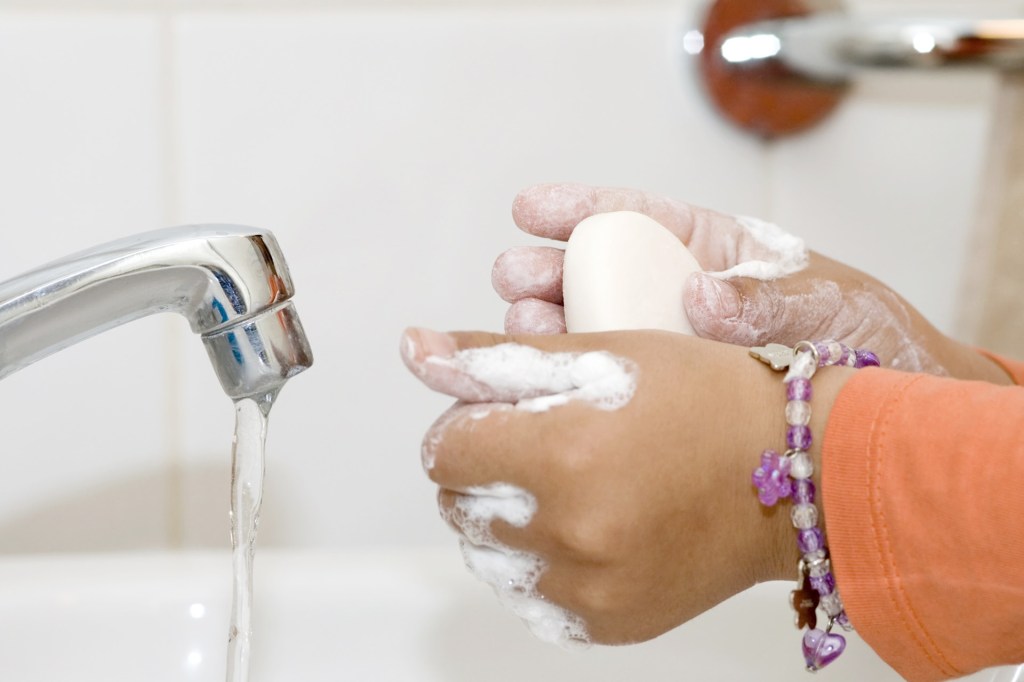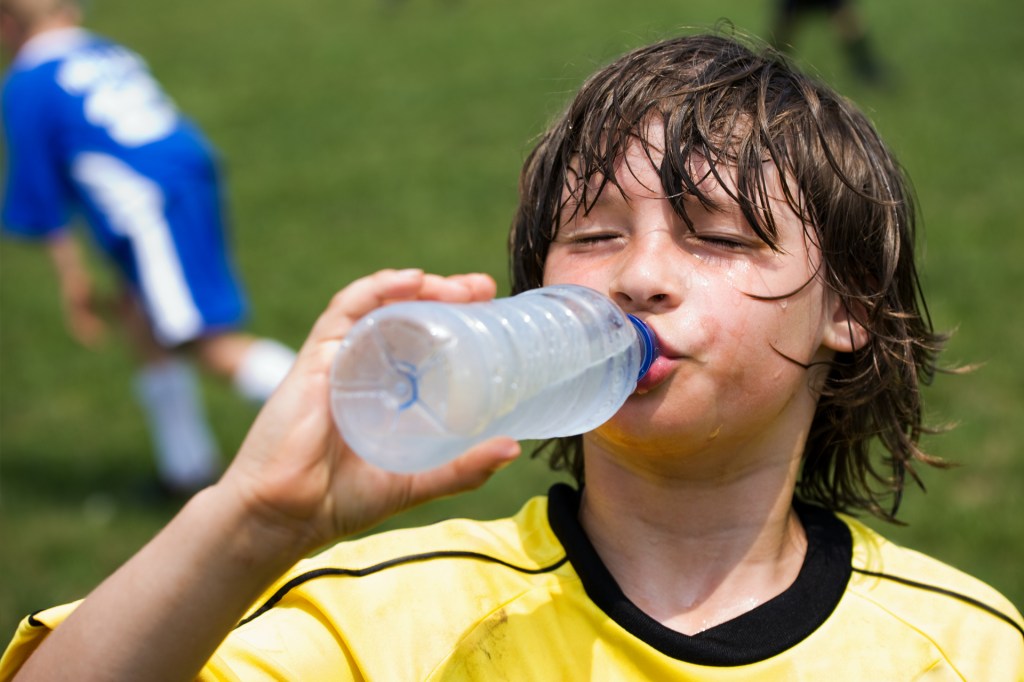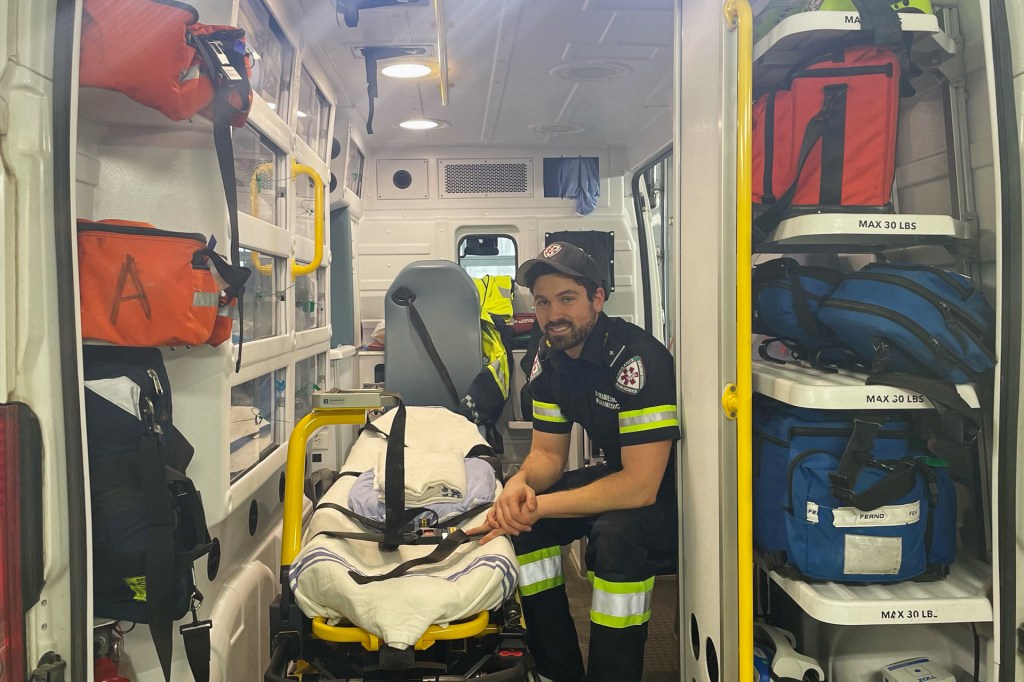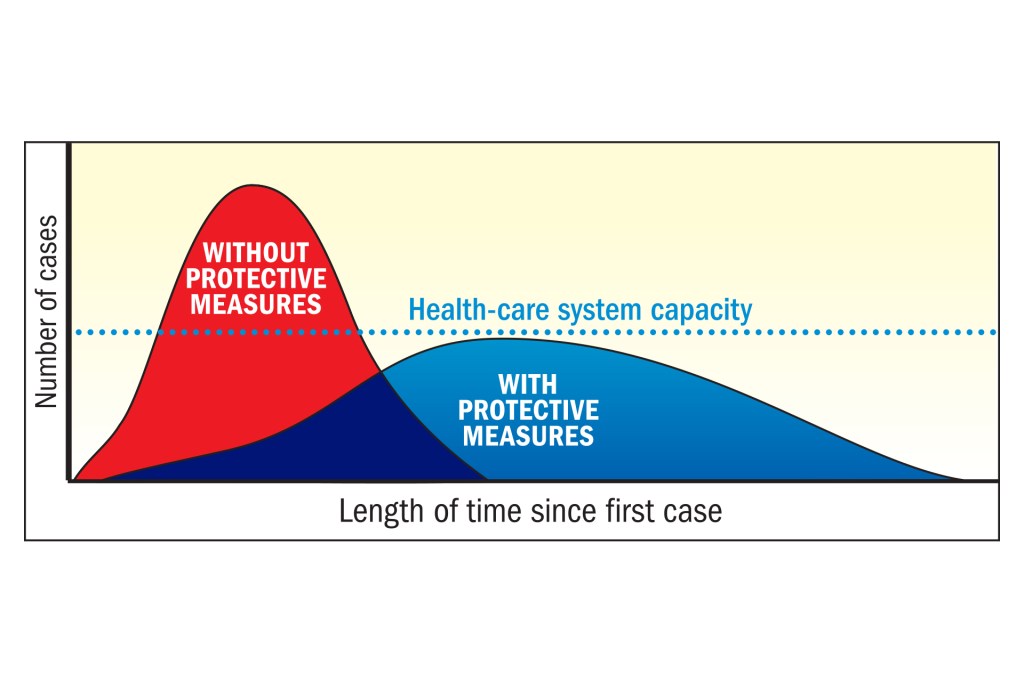
The coronavirus continues to spread throughout the world. Keeping your distance from others during the pandemic
pandemic
 SAM EDWARDS—GETTY IMAGES
an outbreak of disease that spreads very quickly and affects a large number of people throughout the world
(noun)
Doctors around the world teamed up to stop the pandemic and keep people healthy.
could slow the virus down. It could also save lives.
SAM EDWARDS—GETTY IMAGES
an outbreak of disease that spreads very quickly and affects a large number of people throughout the world
(noun)
Doctors around the world teamed up to stop the pandemic and keep people healthy.
could slow the virus down. It could also save lives.
A simple chart tells us how. It shows two situations. One is what could happen if nothing were done to stop the spread of the virus. Many cases of the disease that it causes, COVID-19, would appear all at once. The other is what could happen if everyone followed health-safety guidelines. These include social distancing.
“There’s an opportunity here to take power over this virus,” Drew Harris told TIME for Kids. Harris is a researcher at Thomas Jefferson University, in Philadelphia, Pennsylvania. He’s one of the creators of the chart.
Taking Control
Experts like Harris say it’s important to slow the spread of the coronavirus. They call this “flattening the curve.” The chart includes two curves. The red one has a steep peak. It represents a surge
surge
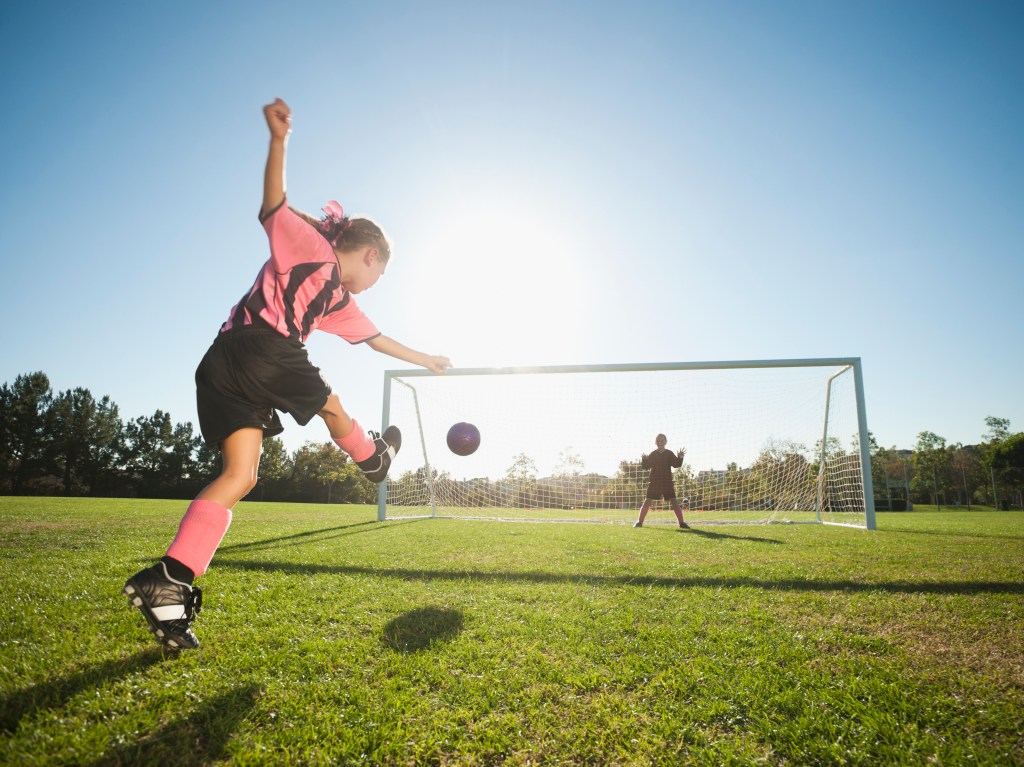 BLEND IMAGES—ERIK ISAKSON/GETTY IMAGES
an increase
(noun)
At my school, soccer has seen a surge in popularity.
of COVID-19 cases. This happens if no protective measures are taken. The blue curve has a flatter slope. This represents a slower rate of infection over a longer period of time.
BLEND IMAGES—ERIK ISAKSON/GETTY IMAGES
an increase
(noun)
At my school, soccer has seen a surge in popularity.
of COVID-19 cases. This happens if no protective measures are taken. The blue curve has a flatter slope. This represents a slower rate of infection over a longer period of time.
And that’s the goal: to spread out infections over time. Then hospitals can care for patients before more people get sick. There will be beds and medical equipment for those who need them.
Harris offers a comparison: Imagine everyone in your family got the flu. You couldn’t care for one another. He says, “Wouldn’t it be better if everyone took turns getting the flu so there is always somebody healthy to care for others? That’s what we want to do in our society.”
To slow the spread of COVID-19, officials have closed some schools and businesses. Big events have been canceled. This may make people feel disconnected. But the chart shows that we’re not really alone. “We are connected in many more ways than just being near each other physically,” Harris says. “All of us, young and old, have a responsibility to take care of each other.”





